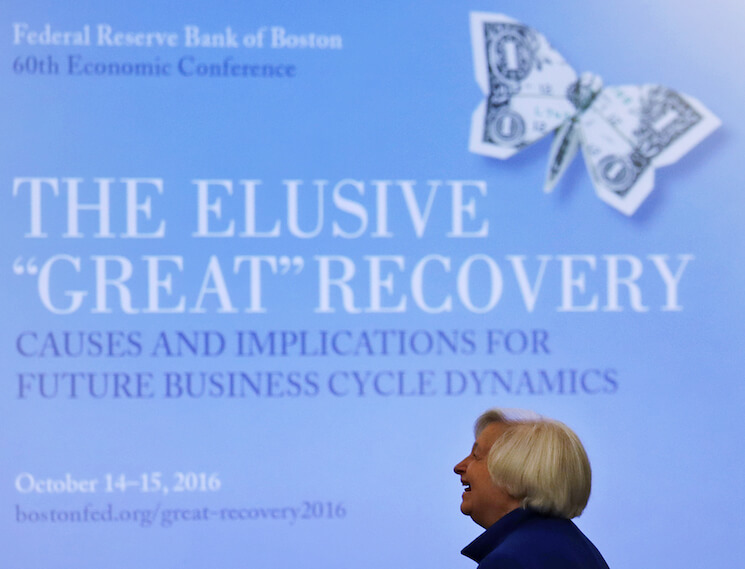
In yesterday’s New York Times, columnist Eduardo Porter explains why he advocates for a child allowance in the form of a universal cash transfer by the federal government to households with children. The idea of a child allowance is increasingly part of the policy conversation and dovetails with new thinking about increasing the use of direct cash transfers, such as a universal basic income guarantee for all workers. Yet research on these programs in the United States focuses almost entirely on the short-term effects of such programs, so policymakers aren’t sure how the recepients and their children are affected by these programs years down the line.
Earlier this week new research was released on the long-term effects a cash transfer program in the United States. The paper shines new light on the effects of cash transfers, but should be understood in light of what exactly it’s studying. So before exploring those findings, here’s some background.
In the 1960s and 1970s, the idea of unconditional cash transfers was very much in the policy mainstream, so much so that large-scale evaluations of the idea were implemented in the United States. The Seattle-Denver Income Maintenance Experiment, for example, was a randomized controlled-trial examination of the idea of a negative income tax. Unlike a universal basic income, in which every household would receive the same amount of money regardless of how much they work, a negative income tax reduces the amount of money households receive as their income increases. These “income maintenance” programs were studied at the time, but analysis of the long-term effects obviously had to wait.
A new paper by David J. Price of Stanford University and Jae Song of the Social Security Administration takes a look at those effects. Because the original program randomly assigned whether households were entered into the program or not, the two economists can be fairly certain they are looking at a causal effect of the program. They match up data from the experiments with Social Security Administration data that lets them see the long-run trajectory of earnings—not only of parents but the children as well.
For the adults, Price and Song find that the program did seem to reduce the labor supply of workers as it reduced the probability that a worker was working in a given year by about 3 percentage points. The program also seems to have had an effect on earnings, reducing them by about 7 percent of average annual earnings. These effects, however, are concentrated later in a workers’ life, at around 50 or 60 years of age. The researchers don’t have good evidence why workers in the program seems to encourage workers to exit the job market later in life.
When it comes to the children of the effected households, Price and Song don’t find much of an effect at all. Later in life, these now-adults don’t seem to change their engagement in the workforce or their earnings because of their parents’ involvement in this particular kind of cash transfer program. Now this might seem like a positive result, but it has to be taken in the context of other research that finds a positive effect of cash transfers on children’s adult outcomes. One case in point: a paper on the Mother’s Pension program, an unconditional cash transfer program to needy families, finds a large positive effect on the earnings of effected children later in their lives.
How do we rectify these results? As Price and Song point out, there are two big differences between the programs. First, the Mother’s Pension program was unconditional and didn’t discourage work by recipients. In contrast, the income maintenance program reduced its benefits as household income grew, creating an incentive for recipients not to work. Another difference: The income maintenance program was universal while the Mother’s Pension program was targeted to low-earning households.
So perhaps the effect of the maintenance program was positive for low-income recipients, but there were different effects for households earning more. Either way, this new research is useful for giving us more information on the long-term effects of programs that are now becoming a larger part of the U.S. policymaking conversation.


 Workers in the United States have long lamented the grind of the 9-to-5 work day, evidenced through
Workers in the United States have long lamented the grind of the 9-to-5 work day, evidenced through 